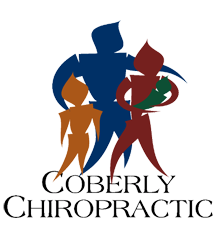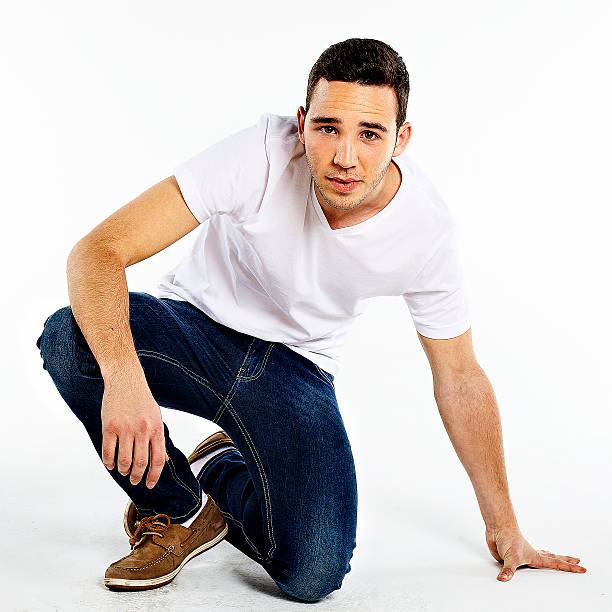The Importance of Getting Up from the Floor Without Using Your Hands
In recent years, health and fitness experts have turned their attention to a simple yet telling indicator of physical vitality: the ability to get up from the floor without using your hands. This seemingly modest feat of strength and balance is more than just a party trick; it holds significant implications for your longevity and overall health. A study conducted in Brazil in 2012 suggests that this ability may be an indicator of a lower biological age, meaning that those who can perform this movement might live longer, healthier lives.
The Brazilian Study: An Insight into Biological Age
The 2012 Brazilian study examined the relationship between the ability to sit and rise from the floor and mortality rates among adults aged 51 to 80. The researchers found that individuals who could perform this action without using their hands had a higher chance of living longer compared to those who needed assistance. This ability was linked to a lower biological age, which refers to the condition of your body relative to your chronological age. While measuring true biological age involves complex lab tests, the sit-to-rise test offers a quick and practical snapshot of one’s physical health.
Why It Matters
The ability to get up from the floor without using your hands is a composite measure of several key physical attributes:
- Core Stability: Engaging your core muscles to stabilize your body.
- Leg Strength: Power in your quadriceps, hamstrings, and calves to push you up.
- Hip Mobility: Flexibility in your hip joints to facilitate the movement.
- Balance and Agility: Coordination to perform the motion smoothly and safely.
These attributes are not just critical for this specific task but are essential components of overall physical health and longevity.
Core Stability
Core stability refers to the strength and endurance of the muscles surrounding the spine and pelvis. A strong core supports better posture, reduces the risk of back pain, and enhances the efficiency of other physical movements. When you get up from the floor without using your hands, your core muscles engage to keep your torso upright and balanced. This action helps build and maintain core strength, which is crucial for performing daily activities with ease and preventing injuries.
Leg Strength
Leg strength is a fundamental aspect of mobility and functional independence. Powerful leg muscles allow you to move efficiently, perform weight-bearing activities, and reduce the strain on your joints. Exercises that challenge your leg muscles, such as rising from the floor without assistance, contribute to stronger, more resilient legs. This is particularly important as we age, as maintaining leg strength can help prevent falls and improve the quality of life.
Hip Mobility
Hip mobility plays a significant role in our ability to move freely and without pain. Flexible hip joints enable a wider range of motion, making it easier to perform various activities, from bending down to picking up objects to performing exercises. Limited hip mobility can lead to compensatory movements and increase the risk of injuries. By practicing movements that enhance hip flexibility, such as the sit-to-rise test, you can improve your overall mobility and reduce the likelihood of hip-related issues.
Balance and Agility
Balance and agility are critical for preventing falls and maintaining independence, especially in older adults. Good balance allows you to move confidently and react quickly to changes in your environment. Agility enables you to perform movements with speed and precision. The ability to get up from the floor without using your hands requires a combination of both, as it involves shifting your weight and maintaining stability throughout the movement.
Practical Applications and Exercises
To help you improve these essential physical attributes, here are two YouTube videos that offer practical exercises:
- Live longer by getting up from the floor without using your hands: This video provides a general guide suitable for most people, focusing on exercises that enhance core stability, leg strength, hip mobility, and balance.
- Stronger legs and core [FOR SENIORS]: Tailored for seniors, this video offers gentler exercises designed to build strength and stability in a safe and effective manner.
Tips for Practicing the Sit-to-Rise Test
Here are some tips to help you practice and improve your ability to get up from the floor without using your hands:
- Start Slow: If you’re new to this exercise, begin by using your hands for support and gradually reduce the assistance as you become more comfortable.
- Engage Your Core: Focus on tightening your abdominal muscles to support your back and maintain balance.
- Use Proper Form: Keep your back straight and avoid twisting or jerking movements. Move slowly and deliberately.
- Strengthen Your Legs: Incorporate leg-strengthening exercises, such as squats and lunges, into your routine.
- Improve Hip Mobility: Stretch your hip flexors and perform mobility exercises to enhance your range of motion.
- Practice Balance: Include balance exercises, such as standing on one leg, to improve your stability.
Conclusion
The ability to get up from the floor without using your hands is a powerful indicator of physical health and longevity. It reflects core stability, leg strength, hip mobility, and balance—key attributes that contribute to a long and healthy life. By incorporating exercises that improve these areas, you can enhance your overall well-being and reduce the risk of injuries as you age.
Whether you are a current chiropractic patient or a prospective one, understanding the importance of this simple yet telling movement can inspire you to take proactive steps towards better health. Regular practice and a commitment to physical fitness can help you maintain independence and improve your quality of life. So, take a moment to try the sit-to-rise test, watch the recommended videos, and start incorporating these beneficial exercises into your daily routine. Your future self will thank you.


